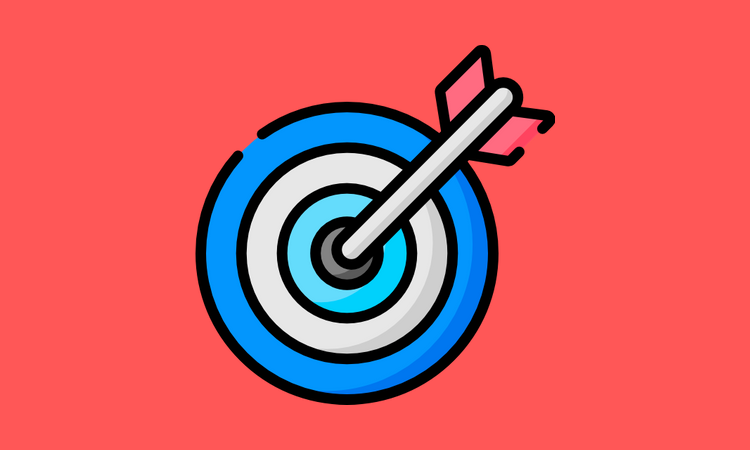Business of Fintech, Podcasts
MoneyLion’s Dee Choubey on choosing and serving an initial target audience
- The founder and CEO of MoneyLion discusses his target audience.
- As part of a new series, founders talk about the challenges of building fintech businesses.








